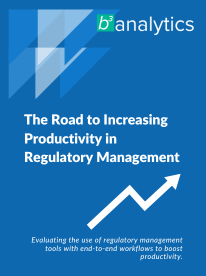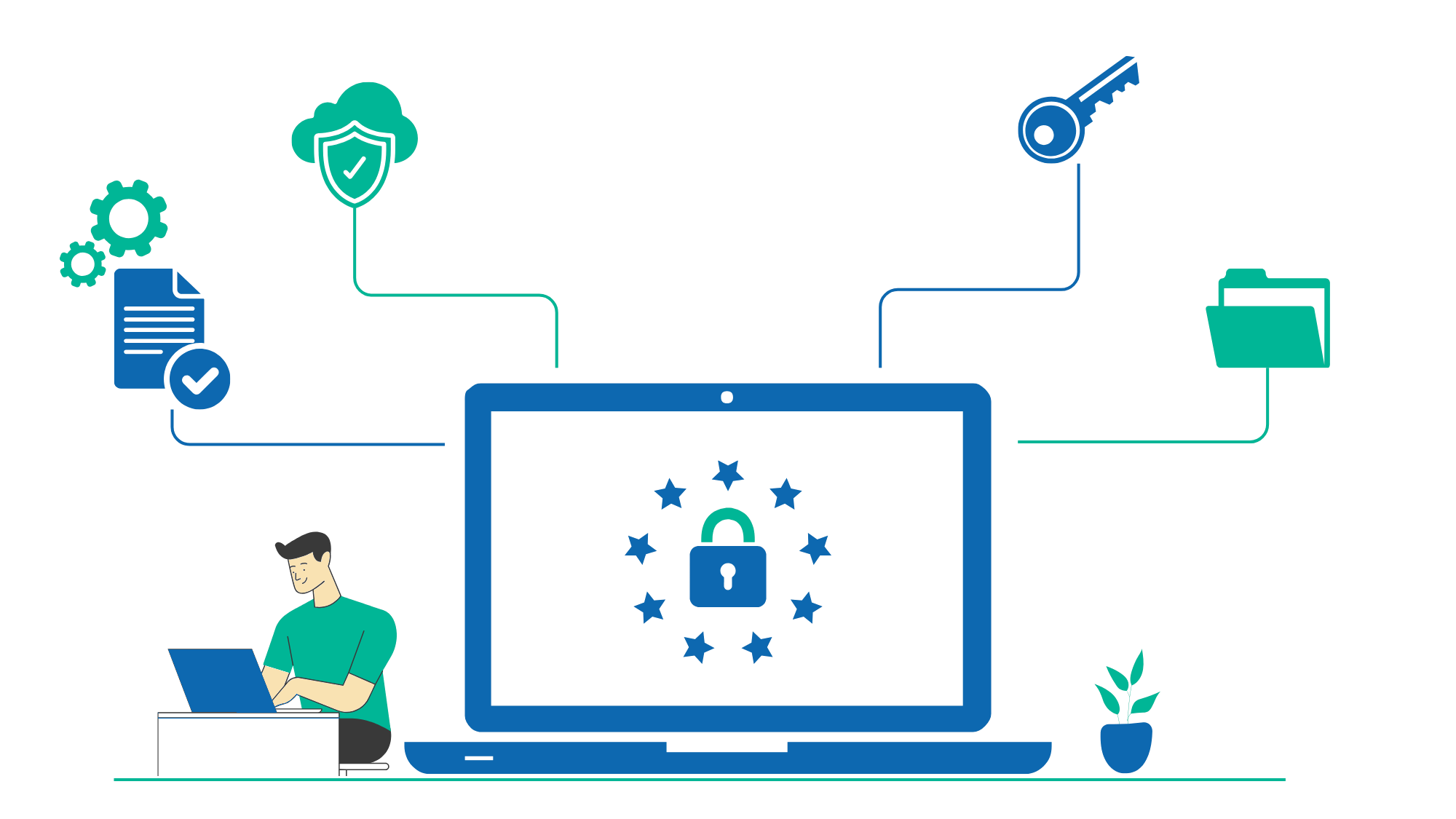
Modern businesses rely heavily on a set of policies and procedures to educate their employees, stakeholders, and management while governing their operating processes, controls and compliance to regulatory requirements. These policies are often paper or email-based and challenging to manage and distribute across the organization. It is haphazard to maintain them consistently i.e., they are periodically reviewed, updated, approved and distributed to all stakeholders. The lack of proper policy management can be cumbersome and exorbitant and expose the organization to legal, regulatory, and reputational damages.
As a savior, policy management software comes into practice to examine, maintain, and communicate an organization's key policies constructively while governing its overall performance.
What is Policy Management?
According to Koontz & O'Donnell, "Policies were identified as guides to thinking in decision-making. They assume that when decisions are made, these will fall within certain boundaries."
Policy management is the process of generating, evaluating, approving, structuring, and disseminating all policies across the organization. This enables businesses to adapt in terms of changing market demand while replacing the legacy policy documentation with a modern, flexible format.
Policy Management enables business communities to manage policies from conception to implementation in accordance with the organization's established workflow. It allows supervisors to distribute and exchange policies with all relevant stakeholders.
In addition, employees should be educated and skilled on the latest threats, risks, data, and responsibilities while complying with rules and regulations. Policy management ensures that employees understand and follow the guidelines in the policies.
Policy management is also significant for risk reduction. A well-intentioned employee can create a risk without awareness of the necessary policies and procedures. This lays a foundation for organizations to fulfill their ethical values and business goals.

Benefits of Policy Management
- Simple Updates: Policy management facilitates delivery of crucial updates to all stakeholders.
- Risk Management: Helps employees to understand what is expected of them and enables policy compliance, lowers the risk of noncompliance.
- Workflow Automation Saves Time: Policy management bridges the gap between policymakers and stakeholders while automating workflows to save time and make policies relevant, effective and impactful.
- Simple Reporting: Policy management centralizes documentation of all policies and procedures, updates, dissemination and facilitates easy reporting and visualization.
- Transparency and Accountability: Policy management keeps track of the ownership, changes made and their approvals, making the process more accountable and transparent.

Policy Management Best Practices
Organizations must follow policy management best practices to mitigate risk, these include:
Create
Establish a centralized repository where policies may be developed, created, and maintained with regular auditing to develop a policy management module.
Review
Periodically review the policy from a central hub. Automate the procedures for new policy implementation while ensuring that the right people review the right policy at the right time before it goes live.
Publish
Publish and distribute policies to the right stakeholders in an easier way with no end-user training required. Use effective communication methods and trigger automatic workflows with notifications to those stakeholders who need to comprehend and follow them.
Affirm
Obtains real-time insights on who has the ownership for updates, review, approval, distribution and affirmation of corporate policies with policy management tools. Affirmations help all employees, from leadership to entry-level staff, to be informed and execute the organization's current priorities and core values.
Report and Audit
With regular auditing, organizations can determine whether they are secure while ensuring their compliance module is effective and functional. It also helps the organization demonstrate their staff complies with the applicable regulations and best practices to the regulators.

Mapping a Policy Management Program: 6 Steps
- Drafting and Revising Policies
Define the purpose and scope of a policy before developing a new policy or revising an existing one. Management can utilize a policy to boost security, improve operational efficiency, minimize risk, or modify the culture. Policies are also drafted to meet regulatory compliance or local/global standards. It’s vital to track policy modifications/updates, i.e., version control, to be aware of what policies were in place when conducting audits and reviews.
- Collaborating with Key Stakeholders for Feedback
Include stakeholders from all relevant departments to ensure policies include all relevant content. Some organizations form policy committees or governance boards to get participation from all the concerned departments. Active collaboration with these committees can incorporate their feedback and ensure policies are effective, impactful and digestible.
- Getting Approval
A policy committee or board comprises of stakeholders from major business units who typically approve policies. A policy committee also involves trusted leaders or stakeholders who validate the content of the policies with standard and uniform procedures during policy approval.
- Publishing Policies for the Target Audience
Policies must be accessible from a centralized location. Often, information security teams are required to identify a centralized area where the intended person can locate a policy without sharing confidential information.
- Training and Gathering Confirmation
Policy management is only successful when appropriate policies are accessible, understood and followed across the organization. While some policies are simply put on an internal website, others contain training videos or lectures. Following completion of the training, employees must provide an acknowledgment that they have read and comprehend the policy.
- Conducting Reviews Constantly
A policy may need updates or revisions due to some regulatory changes or to address new organizational activities. All policies should be reviewed at least annually as a best practice.
Improve Your Policy Management with BCube Analytics
Policy management is a holistic approach to bolster governance, and mitigate risks while maintaining effective operations and compliance with regulations. With ever-evolving business dynamics, regulations, and heightened stakeholder and supervisor’s expectations, it is imperative to handle policies efficiently and fruitfully. This ensures adherence to global regulations while fortifying the enterprises completely.
In this regard, BCube Analytics' flagship product Regstacker can facilitate the process:
- Uniform policy management and implementation across the firm involving all stakeholders.
- Track, identify, and deploy policy updates with a simple UX.
- Review policies periodically with an adaptable approval workflow.
- Real-time policy management with built-in alerts and notifications.
- Perform audits to achieve full control and address any shortfalls in existing policies.


